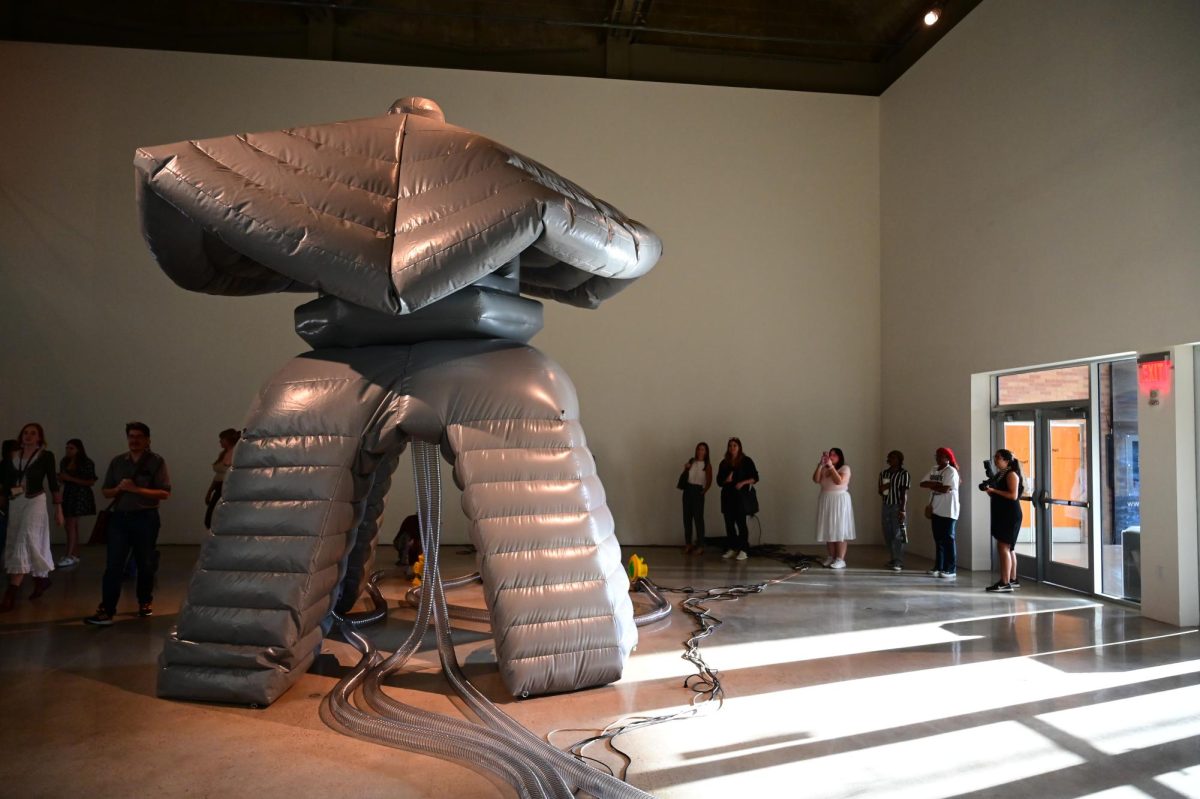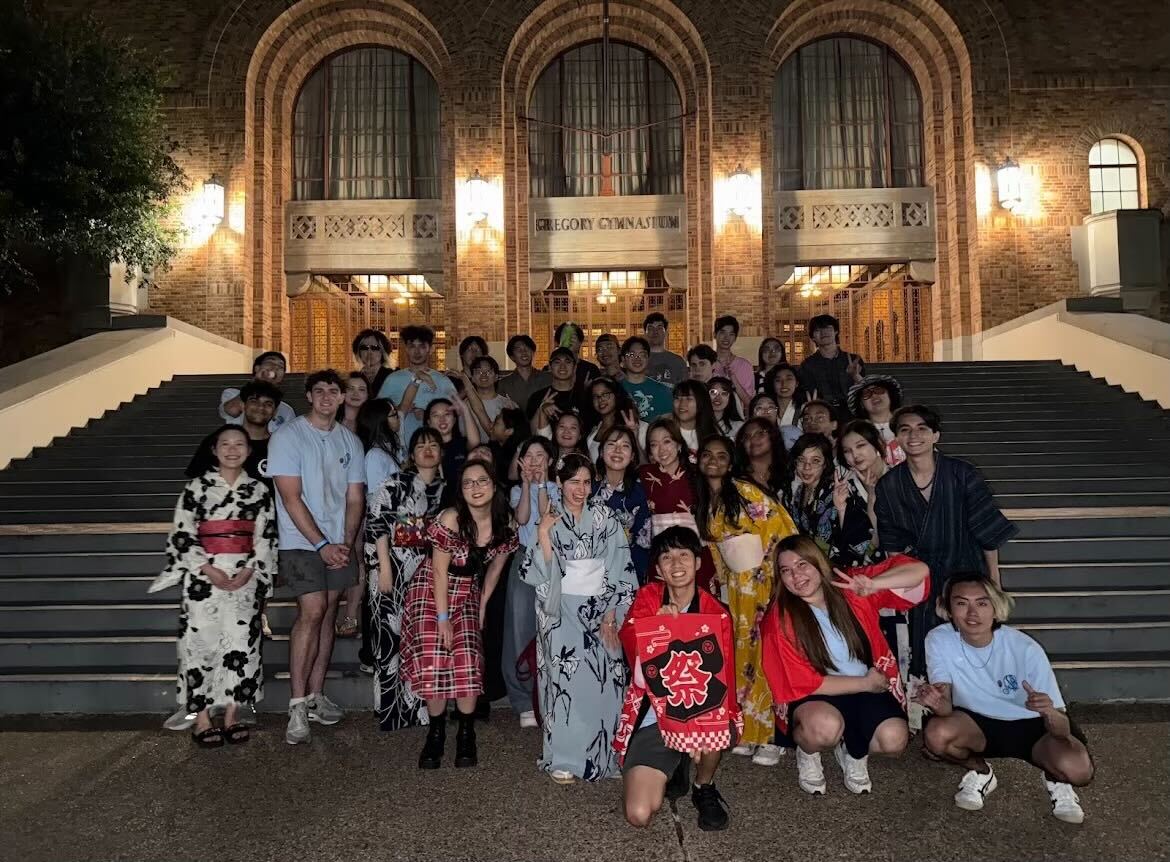Soft murmurs, slow pacing and wide eyes surrounded every corner of the Visual Arts Center (VAC). Nearly each surface of the space glimmered with dedication, housing an identity and telling a story. This combination of ardent viewership and artistic profession characterized the particular experience the VAC offers every semester.
The VAC on Trinity Street unveiled five new exhibitions for the fall semester on Friday, at its opening reception. The exhibits range from student and faculty curated such as “Chatter in the Campo” to the efforts of artists-in-residence such as “Like a Breath of Fresh Water.”
Lauz Bechelli, the interim director of the VAC, said with so much work going into the pieces, bringing them to the public adds another level of appreciation to the amount of work these artists dedicated.
“There’s a lot of forethought that goes unseen,” Bechelli said. “It doesn’t come alive until people are looking at the art, so you get to see the realization of these artists’ vision.”
One of these artists, Nicole Smythe-Johson, the curator of the exhibit “If we are here…,” spent nearly five years curating her exhibit — a dissection into life after the peak of the COVID-19 pandemic through the lens of Black feminists. She said seeing the hard work of her and the artists on display at the VAC felt rewarding.
“I liked seeing these works at this scale,” said Smythe-Johnson, a former VAC curatorial fellow. “All the focus is on the artists’ work and it gives it room to breathe.”
These displays do not end after one night or at the end of their time at the VAC. Smythe-Johnson’s artists will continue their artistic pursuits at UT in the spring through residencies and lectures. Smythe-Johnson said this serves as a necessary component to avoid extractivism and instead mutually benefit both the curators and the artists.
“I will walk away having had these engagements with artists who I really love,” Smythe-Johson said. “The artists will walk away with different elements of their practice having been poured into by their engagement with the exhibitions.”
Echoing the anti-extractivist sentiments within the UT sphere, Bechelli said the beauty of the VAC stems from its emphasis on amplifying student works in exhibits such as, “Chatter in the Campo,” a fieldwork project collaborating the talents of student and faculty.
“It’s a space for students to see artwork where they’re making artwork,” Bechelli said. “They can engage in it in a personal way because a lot of these spaces are student-centric.”
Sydney Nichols, a first year graduate student in the Art History department, attests to the impact on the student audience. She said being able to see the artistic achievements of her peers at the VAC holds much importance within her field where she relies on artists.
“Art historians like me can’t live without artists,” Nichols said. “(The VAC) reinforces that I’m able to do what I do because (the artists) do what they do.”
With the exhibitions running from now until as late as March, and continuing to leave their impact around UT, the opening reception served as a glimpse into what the center stands for. Nichols said the museum acts as a special space for students, especially, encouraging others to experience the VAC the way she did.
“For students on campus to have a place that’s guaranteed to support their work is incredible,” Nichols said. “Art touches everybody; bring somebody who you don’t think has been to a show like this before.”














